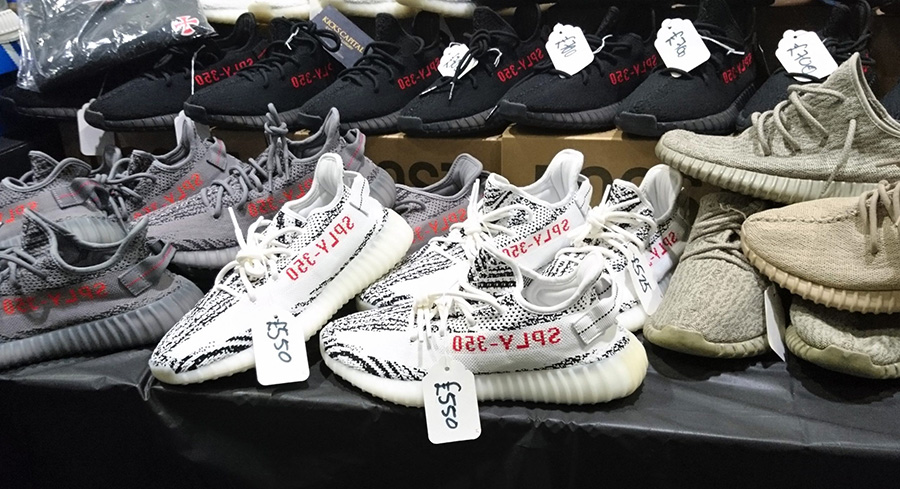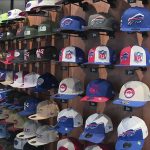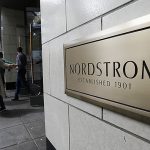Yue Yuen Industrial (Holdings) Ltd. reported revenue in the first nine months of 2020 fell 19.1 percent to $6,086.7 million, compared to the corresponding period of last year. The loss in the period came to $154.1 million. The fall in revenue was mostly attributed to COVID-19.
Total revenue attributable to footwear manufacturing activity (including athletic shoes, casual/outdoor shoes and sports sandals) during the period decreased by 21.8 percent to $3,196.9 million, whereas the volume of shoes shipped decreased by 25.4 percent to 178.8 million pairs. The decrease was mostly due to delayed shipments, reduced and canceled order books from customers in response to lower consumer demand resulting from the pandemic and seasonality with the third quarter traditionally being a low season period for the Group’s manufacturing business. However, the Group saw some improvement in utilization and efficiency at a number of its manufacturing facilities as well as less shipment delays during the third quarter of 2020, compared to the second quarter of 2020, with customers still demanding high flexibility.
The average selling price increased by 4.9 percent to $17.88 per pair in the nine months ended September 30, 2020, as compared with the same period of last year, which was primarily due to changes in the Group’s product portfolio.
The Group’s total revenue, with respect to its manufacturing business — including footwear, soles, components, and others —during the period was $3,467.4 million, representing a decrease of 21.9 percent as compared with the same period of last year.
Total Revenue By Product
The revenue attributable to Pou Sheng, the Group’s retail subsidiary, decreased by 10.0 percent to $2,619.3 million during the nine months ended September 30, 2020, compared to $2,910.5 million in the same period of last year. In RMB terms (Pou Sheng’s reporting currency), revenue during the first nine months in 2020 decreased by 8.3 percent to RMB18,341.3 million, compared to RMB19,996.0 million in the same period of last year. The decrease was a result of various control measures implemented by the Chinese government to contain the spread of COVID-19 which resulted in the temporary closure of Pou Sheng’s brick & mortar stores between Lunar New Year and mid-March 2020. However, the stabilization of Pou Sheng’s revenue in recent quarters was supported by a steady recovery in offline sales and decent growth from its omnichannel, as retail activity in China progressively returned to normal.
As part of its omnichannel strategy, Pou Sheng scaled up its digital fulfillment capacity, as well as the accessibility and content of its omnichannel, including launching and upgrading its WeChat stores during the period to drive online sales and mitigate the impact of COVID-19. Improved efficiency in integrating inventory and logistics further supported sell-through.
Gross Profit
During the period, the Group’s gross profit decreased by 32.7 percent to $1,255.9 million. The gross profit of the manufacturing business decreased by 42.3 percent to $466.3 million whilst the gross profit margin contracted by 4.7 percentage points to 13.5 percent, as compared to the same period in 2019. The decrease in the gross profit margin for the manufacturing business was primarily due to operating deleveraging as a result of reduced capacity utilization and a decrease in revenue.
The gross profit margin for Pou Sheng during the period contracted by 4.1 percentage points to 30.1 percent as compared to the same period in 2019, which was mainly attributed to increased promotional activities. Gross profit margins for both of the Group’s manufacturing and retail segments saw sequential improvement during the third quarter of 2020, as compared to the prior quarter.
Selling & Distribution Expenses and Administrative Expenses
The Group’s total selling and distribution expenses during the period amounted to $734.6 million (2019: $906.5 million), equivalent to approximately 12.1 percent (2019: 12.1 percent) of revenue. Administrative expenses for the period were $438.2 million (2019: $505.9 million), equivalent to approximately 7.2 percent (2019: 6.7 percent) of revenue.
Recurring Loss/Profit Attributable To Owners Of The Company
The loss attributable to owners of the company was $154.1 million, compared to a profit attributable to owners of the company of $229.4 million recorded in the same period in 2019. The uncertainty and low visibility on customer demand during the period also resulted in temporary factory closures and adjustments to production capacity. The one-off charges from factory adjustments, together with the costs related to idle capacity in the manufacturing segment, constituted a significant portion of the loss for the period.
During the period, the Group recorded a non-recurring loss of $12.1 million, which included a loss of $21.0 million due to fair value changes on financial instruments at fair value through profit or loss (“FVTPL”), as well as an impairment loss of $9.0 million on the interest in an associate. These losses were partly offset by a one-off gain of $15.7 million on the partial disposal of an interest in a joint venture. In the same period of 2019, the Group recognized a non-recurring profit of $17.1 million, which included a net gain of $19.1 million from the disposal of the TCHC Group, and a net loss of $1.0 million due to fair value changes on financial instruments at FVTPL. Excluding all items of non-recurring in nature, the recurring loss for the nine months ended September 30, 2020, was $141.9 million, compared to a recurring profit attributable to owners of the company at $212.4 million in the same period of last year.
Share Of Results Of Associates And Joint Ventures
During the period, the share of results of associates and joint ventures was a combined profit of $32.7 million, compared to a combined profit of $37.6 million recorded in the same period of last year.
Outlook
Global demand is likely to remain subdued as a new wave of COVID-19 hit markets in Europe and North America. Despite this, the Group sees signs of improvement in Q420 as global retail spending slowly recovers, although the volatile sentiment may impact future visibility.
In view of the short-term challenges and uncertainties ahead, the Group will continue to monitor the situation, impose strict cost control measures and focus on its cash flow management. The Group will continue to adopt a prudent approach to capital expenditure projects while optimizing its production capacity to embrace a gradual demand recovery during the rest of the year.
Photo courtesy Yue Yuen










